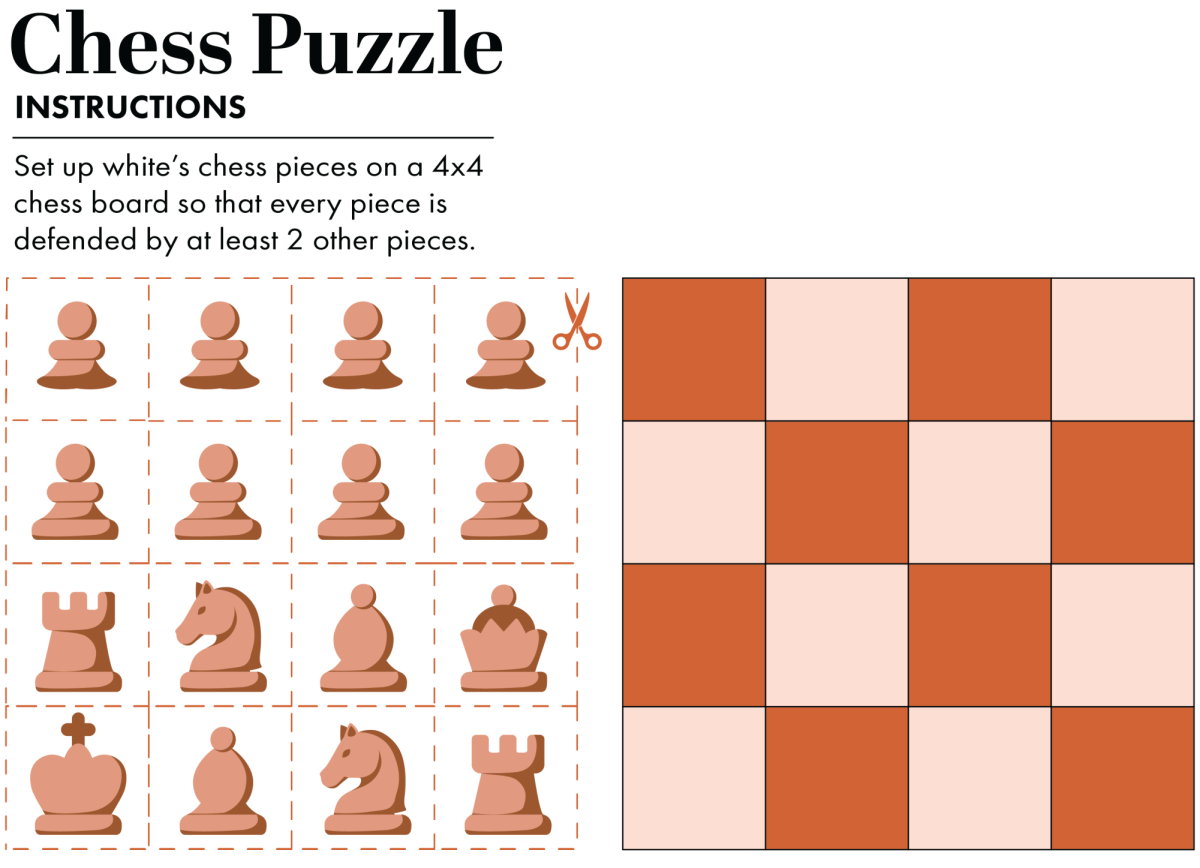Art and science come together in OSU professor’s exhibit at The Little Gallery
OSU professor Jerri Bartholomew stands next to her art installations Salmon and There Will Be Good Years: 2009-2021 (lower) at The Little Gallery’s exhibition of her work titled Abstracted: Where Science Meets Art and Music on March 4. This piece and others incorporate data from her microbiology work into art pieces created by herself and other collaborative artists.
April 2, 2022
Jerri Bartholomew has combined her glass art and extensive microbiology work in a new exhibit titled ‘Abstracted: Where Science Meets Art and Music’ at The Little Gallery in Kidder Hall through April 8.
Bartholomew, a microbiology professor at Oregon State University, discovered her passion for microbiology, specifically in the field of fish-related diseases, during her graduate studies at OSU. Forty-one years later, she’s still here and has worked across various roles in the microbiology department. Bartholomew is also director of the John L. Fryer Aquatic Health Laboratory.
According to Bartholomew, she’s always had an interest in art. She said that, even though she chose science as a career, art has always been an important aspect of her life. She took glass art classes toward the end of her graduate studies and became very interested in it, describing glass art as a “field in itself.”
The inspiration behind her art, Bartholomew said, is her science. She said she’s been creating scientifically-based art pieces for over 20 years and while she was on sabbatical in 2021, one of her goals was to explore the interconnectivity of art and science and find ways to get people interested in the science they do.
The art-sci network on the OSU Corvallis, Ore. campus is a community Bartholomew wants to draw more attention to, including their Seminarium group intended for students who want to explore the connections between art and science.
Bartholomew said there are a lot of great art-sci connections at OSU that, despite having no current formal structure, are a strength to keep in mind.
The Little Gallery and Helen Wilhelm, the gallery curator, have featured other exhibits involving the art-sci community in the past. Bartholomew said The Little Gallery is a nice, personal space among other “gems” on campus that are lesser-known and she hopes they’ll have more exposure in the future.
According to Bartholomew, the title of the exhibit, Abstracted, is inspired by the first part of a scientific manuscript: the abstract. She said this part of the paper distills down the entire project and is the part most likely to be read. She said she wanted to see how far she could take abstraction in the artistic sense while still making the viewer curious about the science itself.
Bartholomew said she combines science and art in a few different ways. One of the pieces in the show includes data graphs taken from one of her research projects on the Klamath River, which she then incorporated into glass. She said art helped her to ask further questions of her own science that she may not have otherwise.
Another way she combined technology and art was by collaborating with musicians, Bartholomew said.
Jason Fick, OSU assistant professor of Music Technology, coordinator of Music Technology and Production, and president of the College Music Society, Northwest Region, sonified Bartholomew’s data into a 16-minute digital musical piece which is included in the exhibit “Murky Waters.”
Fick said he and Bartholomew have been working together on this data for about two years after meeting in 2016. Fick said he created a software platform to “read data and map it to sound behaviors in real-time.” The data includes waterborne spore density, water flow and temperature.
According to Bartholomew, she worked with Andrew Myers, instructor of Art at OSU, and Dana Reason, OSU assistant professor of Contemporary Music and musician, on a piece concerning developmental cycles of parasites titled “Microdestruction: Using Art and Music to Understand Parasite Development.” Meyers created a live drawing from the data while Reason composed a musical piece to tell its story.
Reason, who is also the coordinator of Popular Music Studies for Ecampus and Corvallis campuses, said she hasn’t seen the full show yet, but she’s excited to “share and celebrate” this exhibit.
Prior to working on this show, Myers and Bartholomew co-taught a course titled Art of the Microbiome, which combined art and microbiology, and both serve as advisors for Seminarium, an OSU student club that examines the intersection of art and science.
“In this project I am giving my visual interpretation using traditional drawing media, in collaboration with Dana Reason’s performance of the life cycle of the parasite central to Jerri’s research,” Myers said. “Collaborations, specifically interdisciplinary collaborations, are extremely interesting to me and this one has been very rewarding.”
Bartholomew said art and science don’t have to be separate, and indeed didn’t used to be until the past 150 years or so.
According to Bartholomew, next year she’ll be working on the Klamath River dam removal, and she will be incorporating aspects of that into her art next winter.

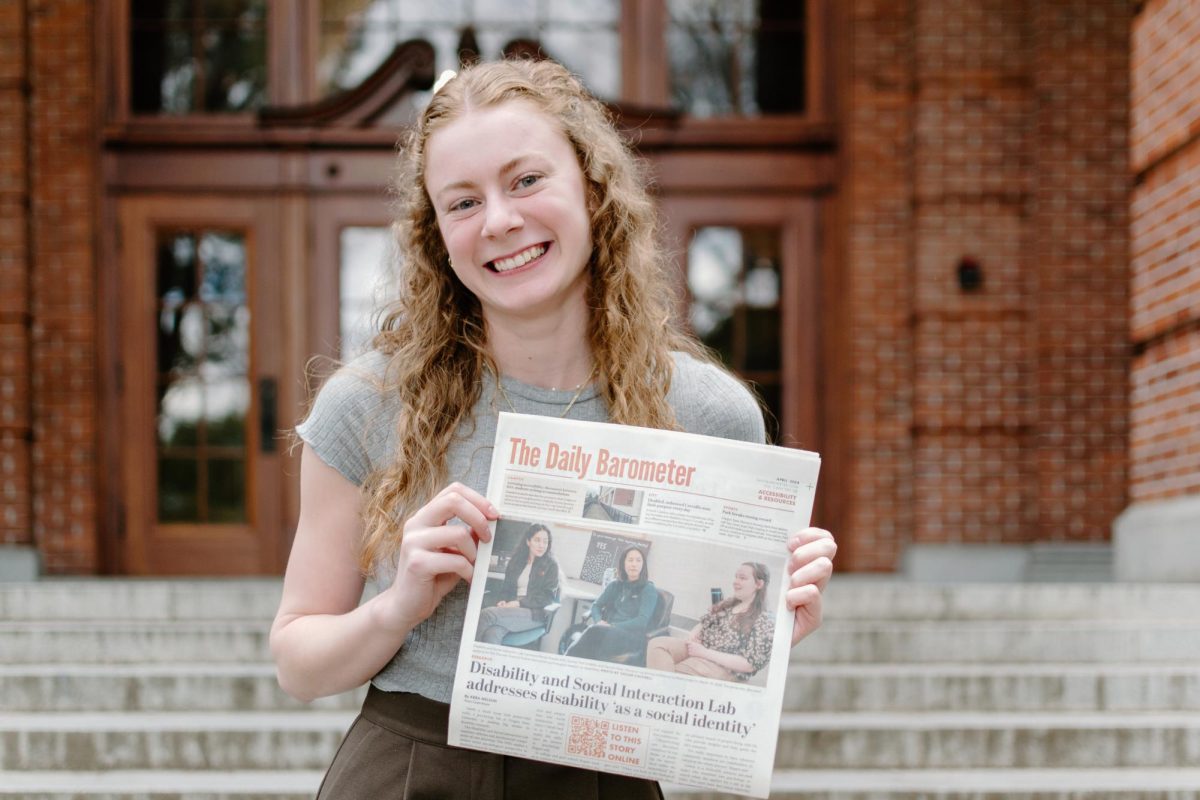
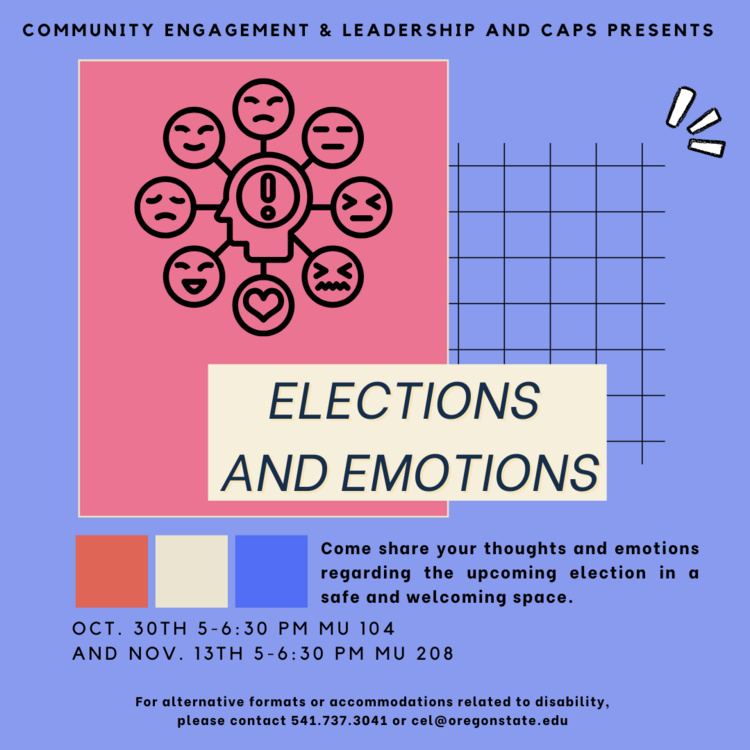
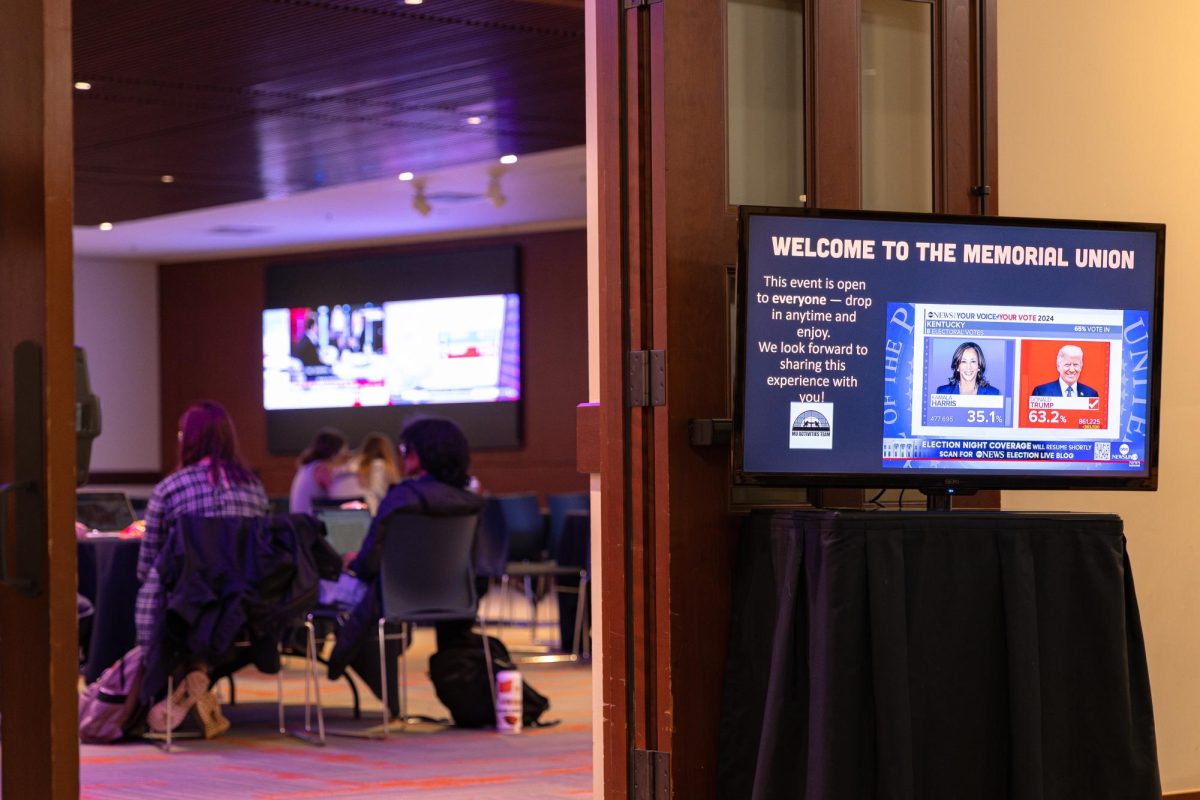
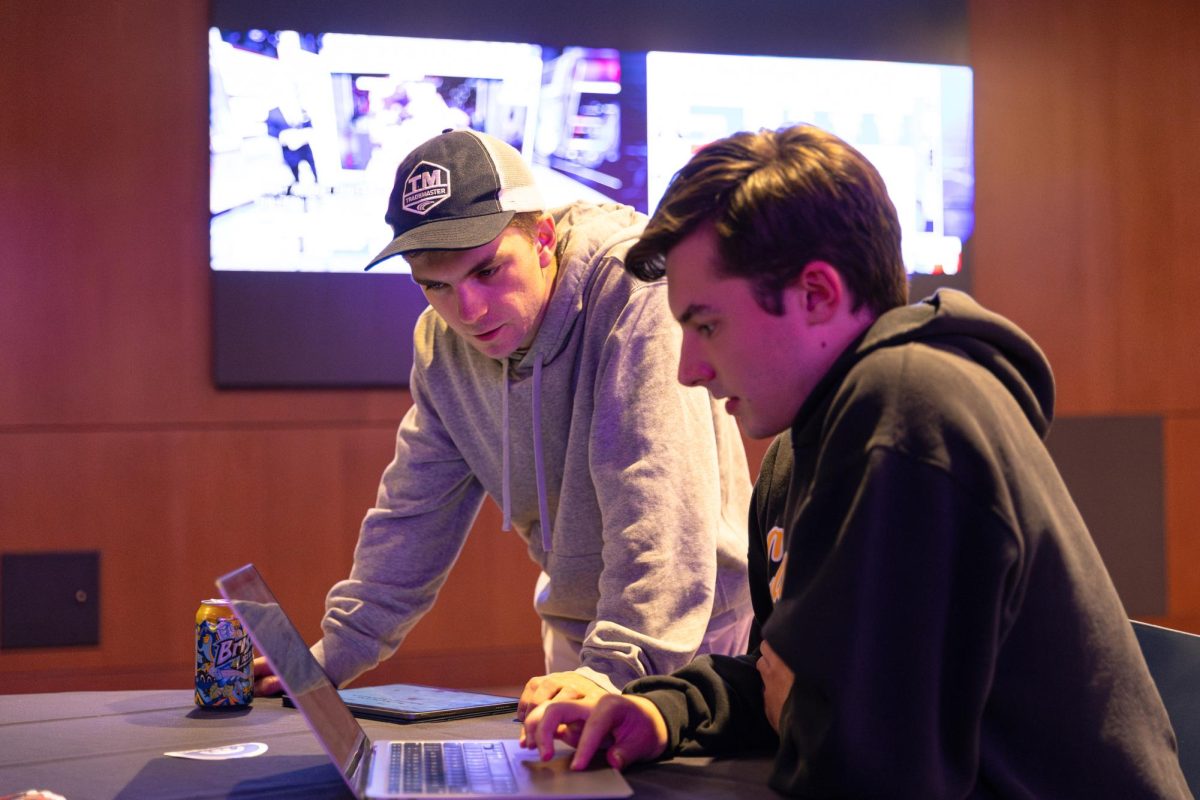
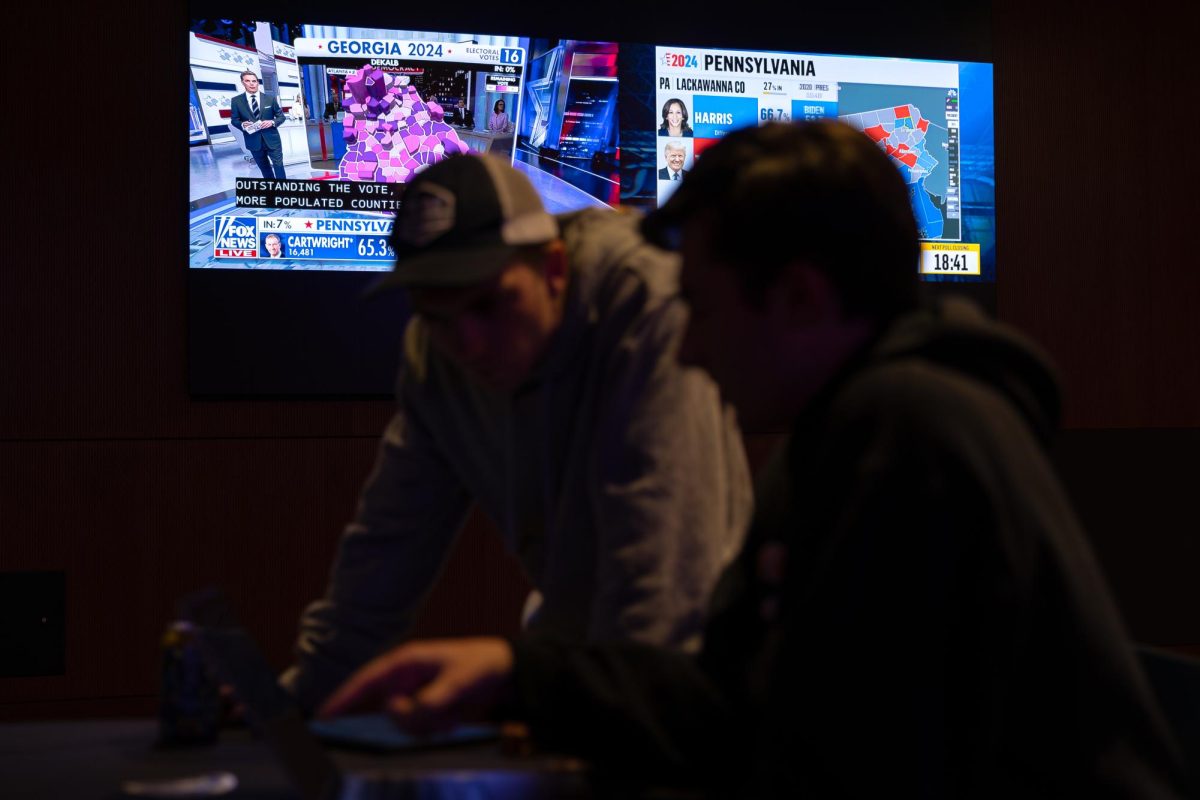

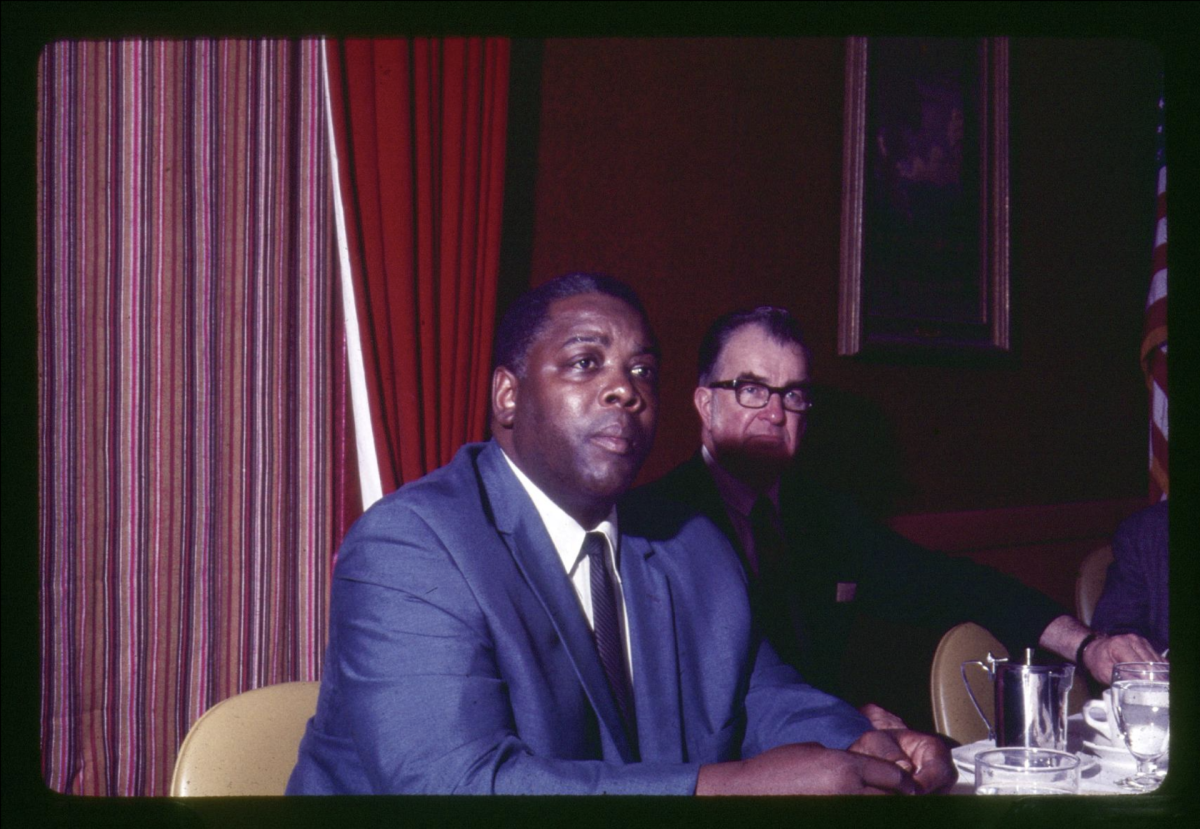
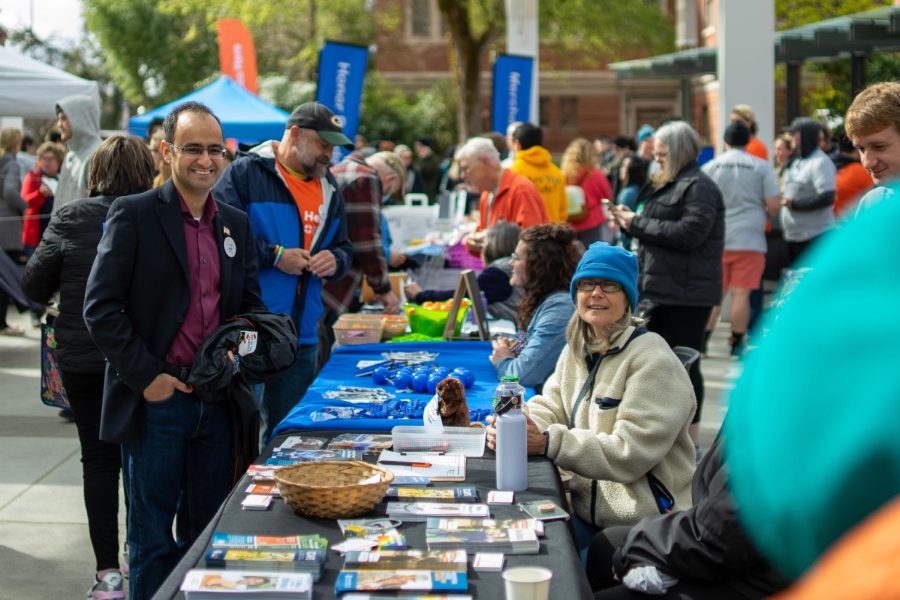
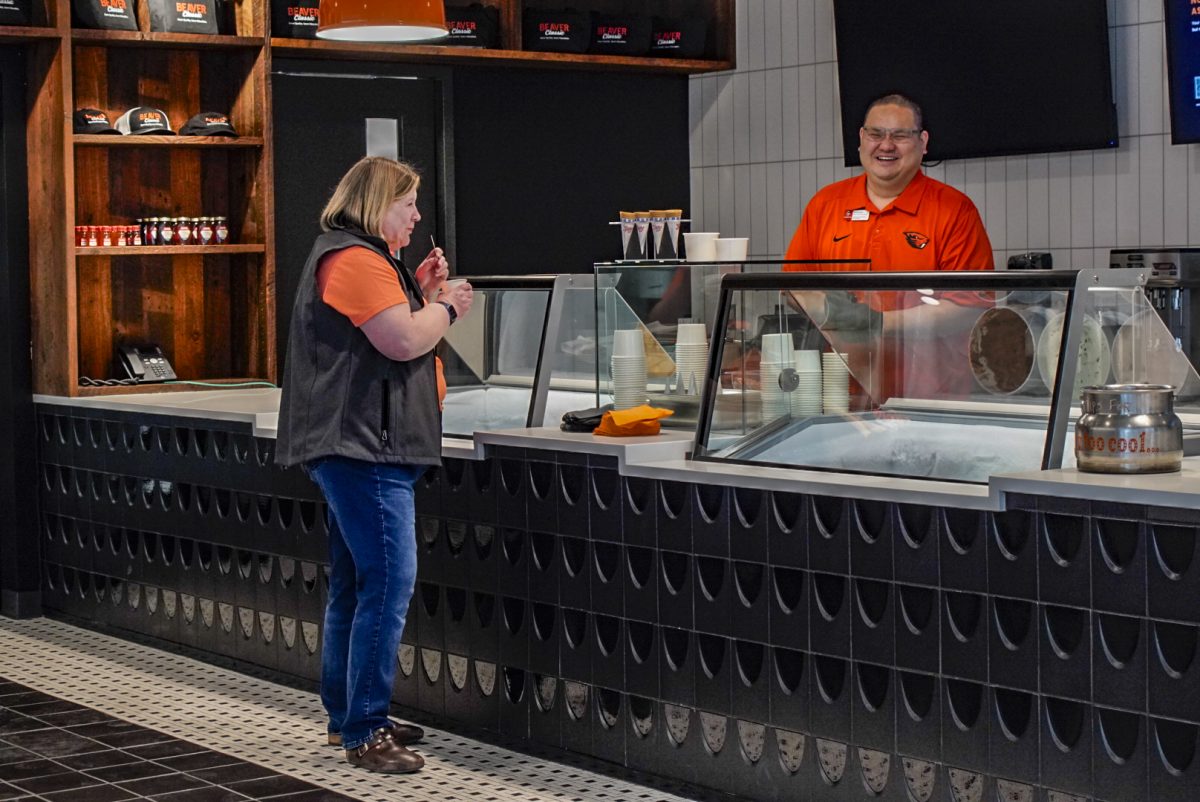








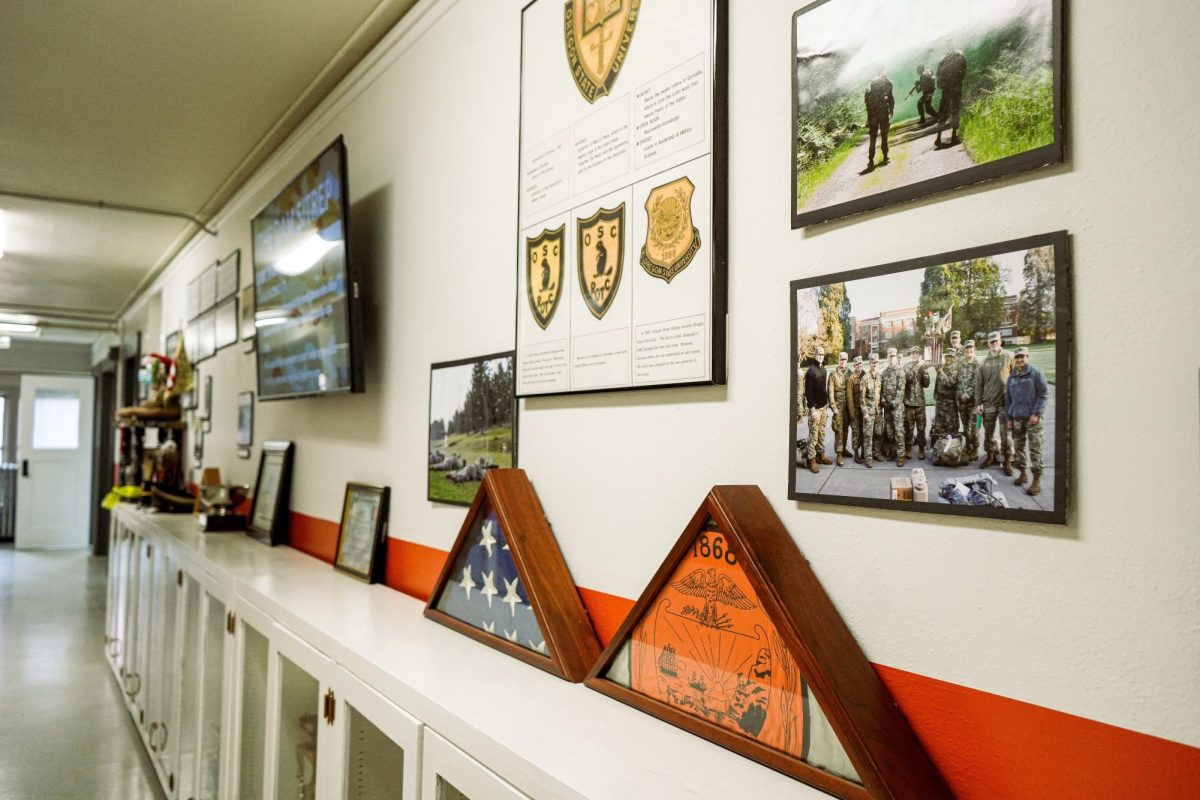
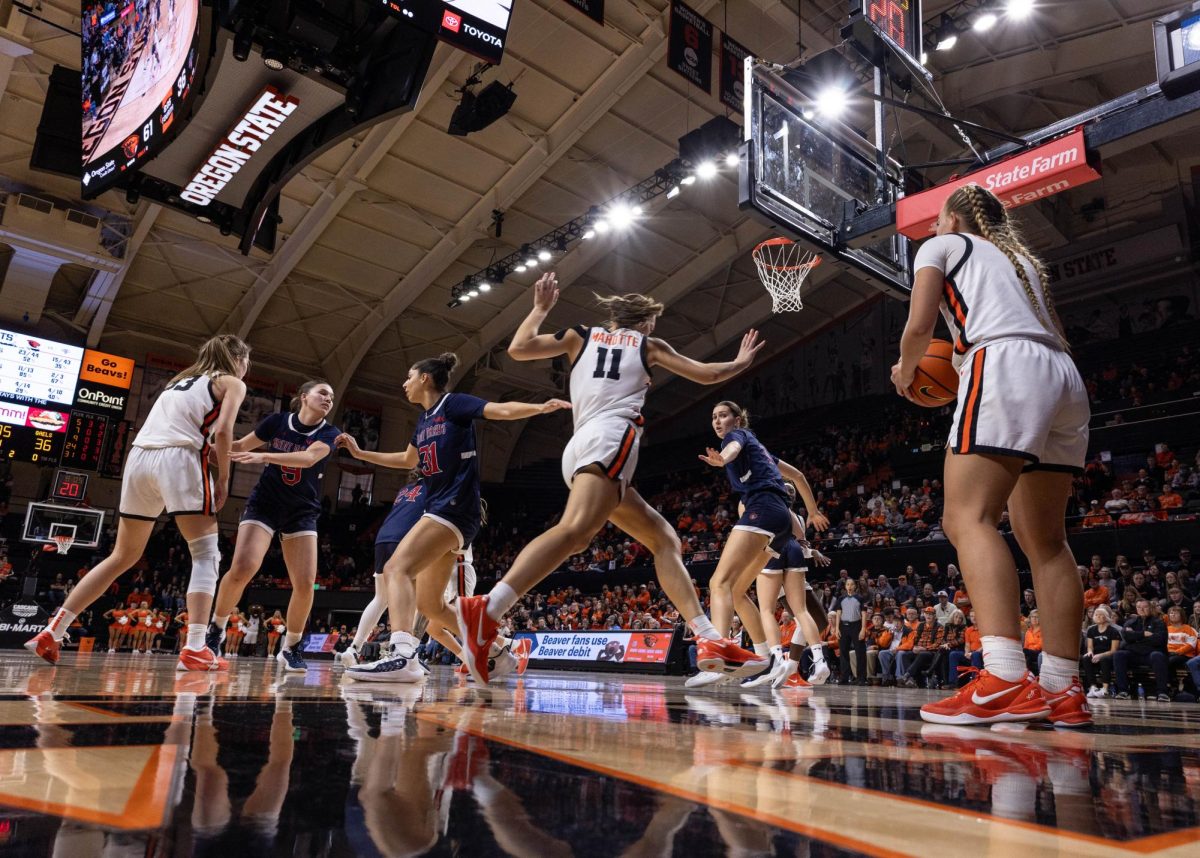
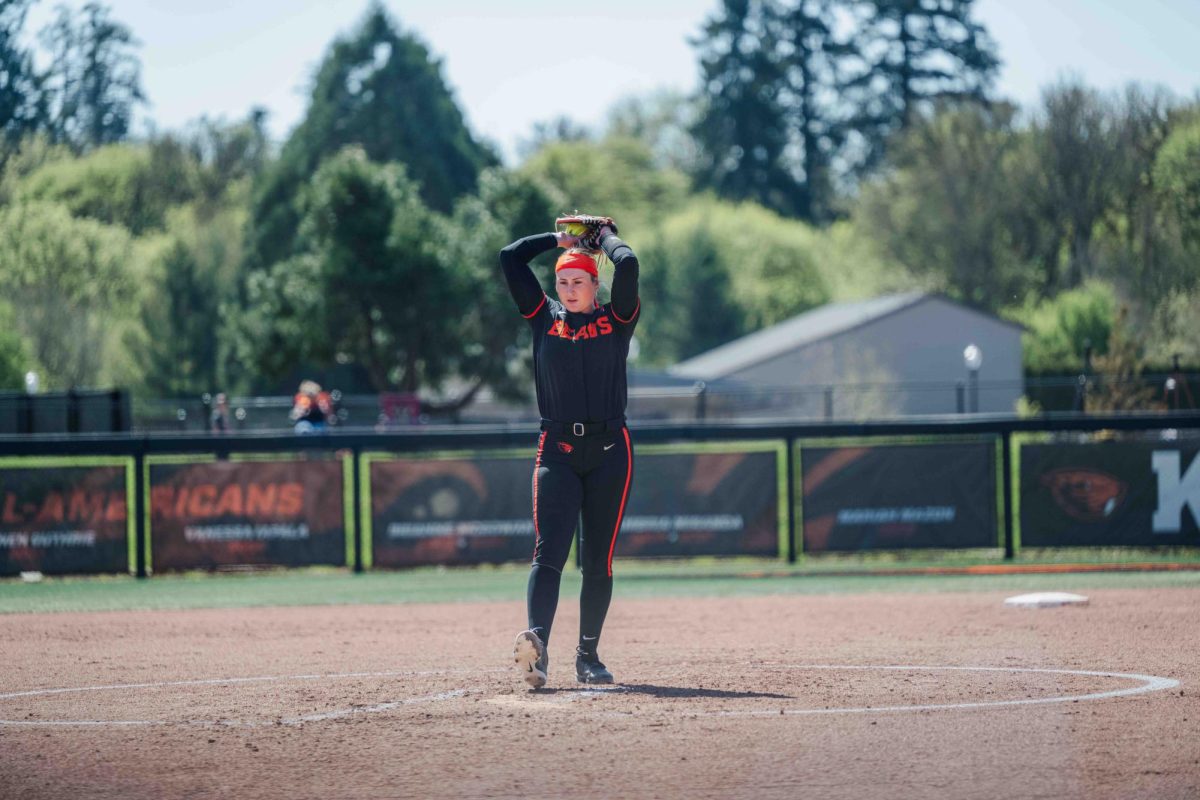

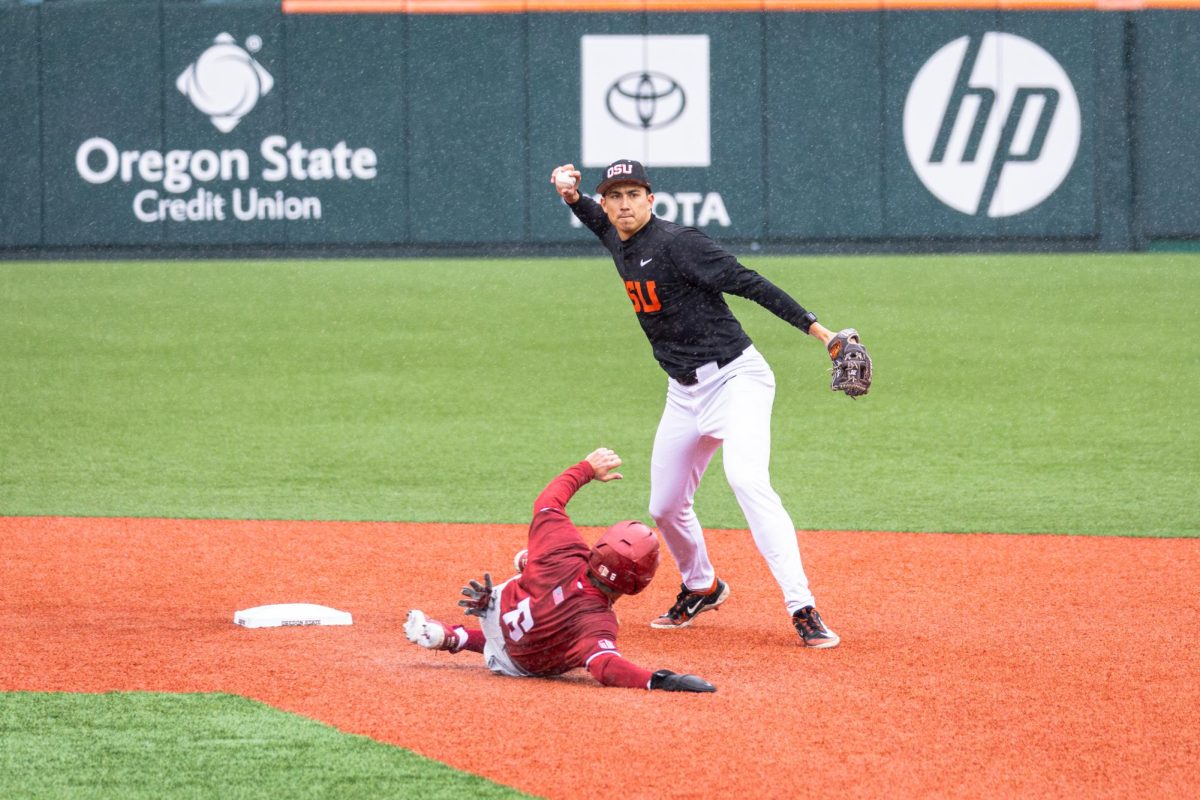

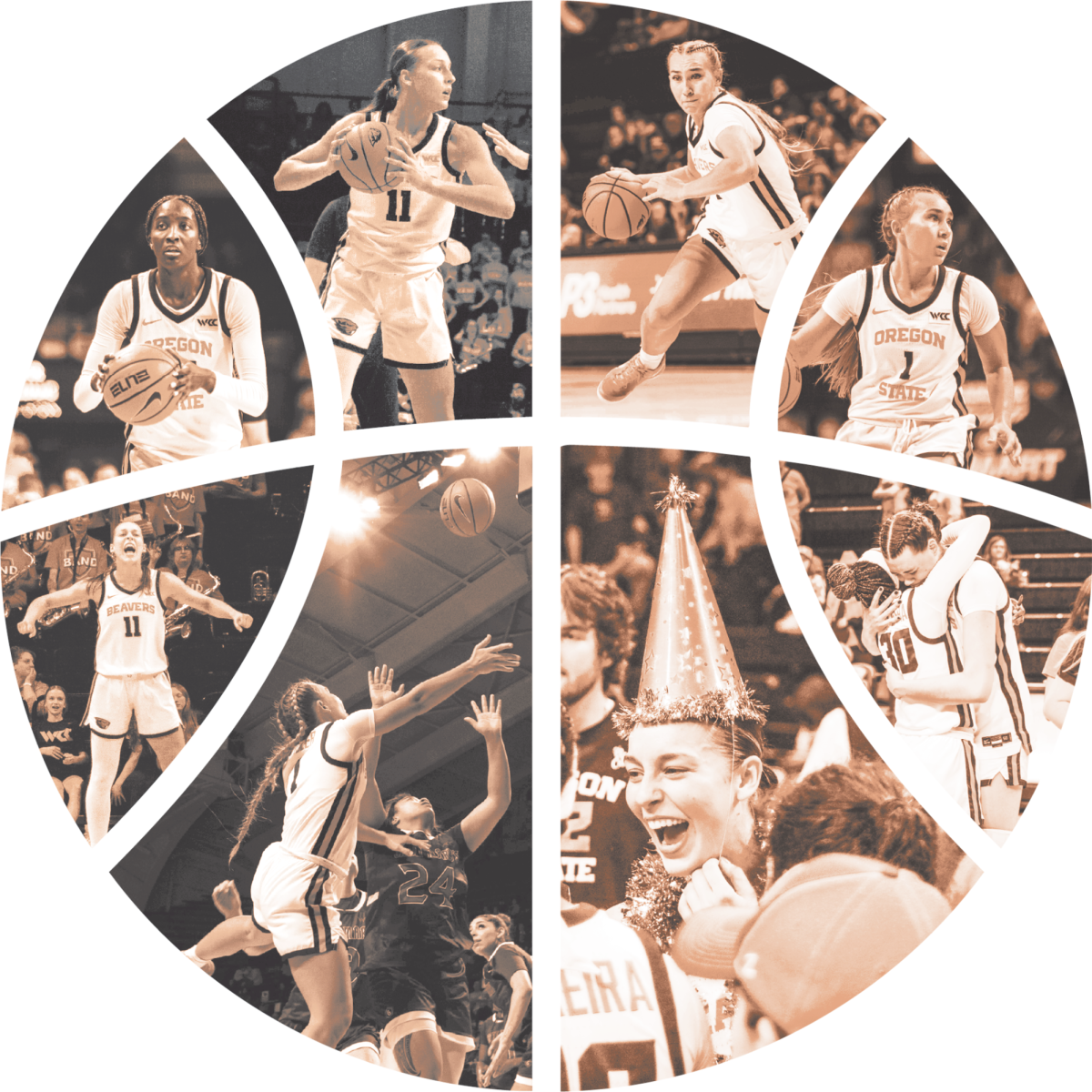






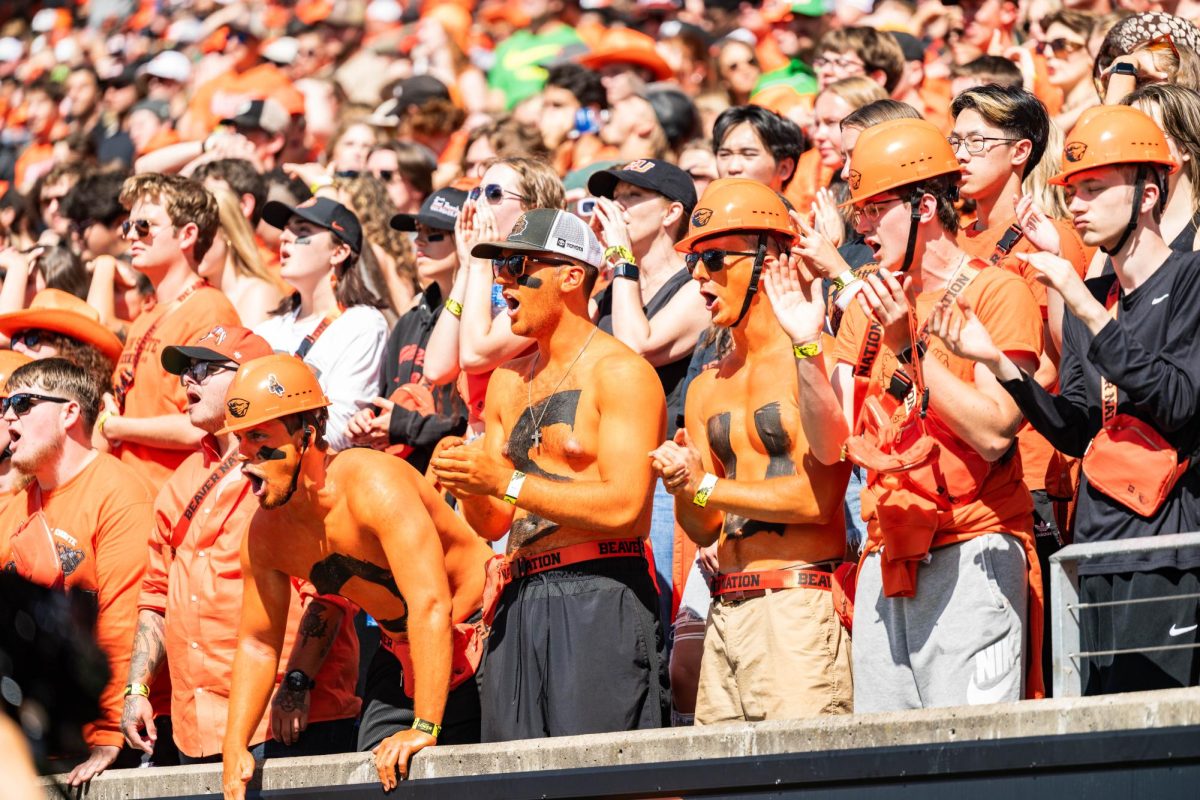


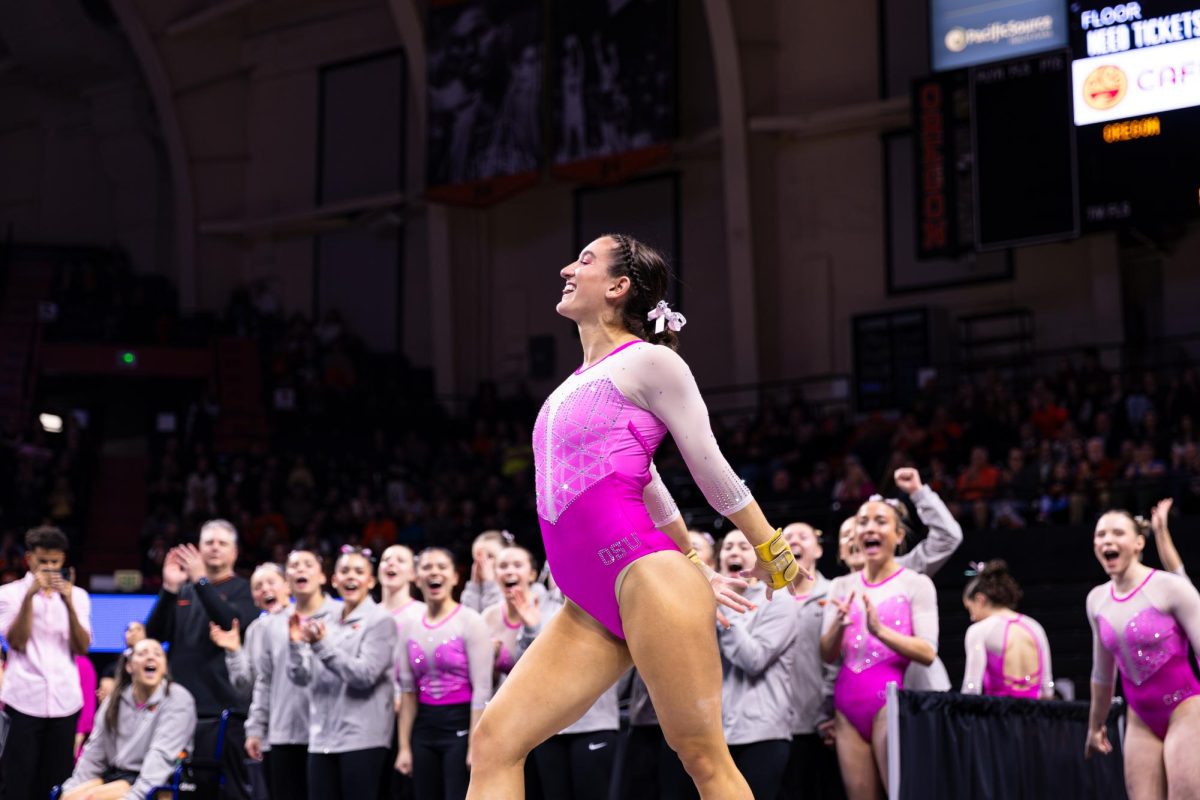
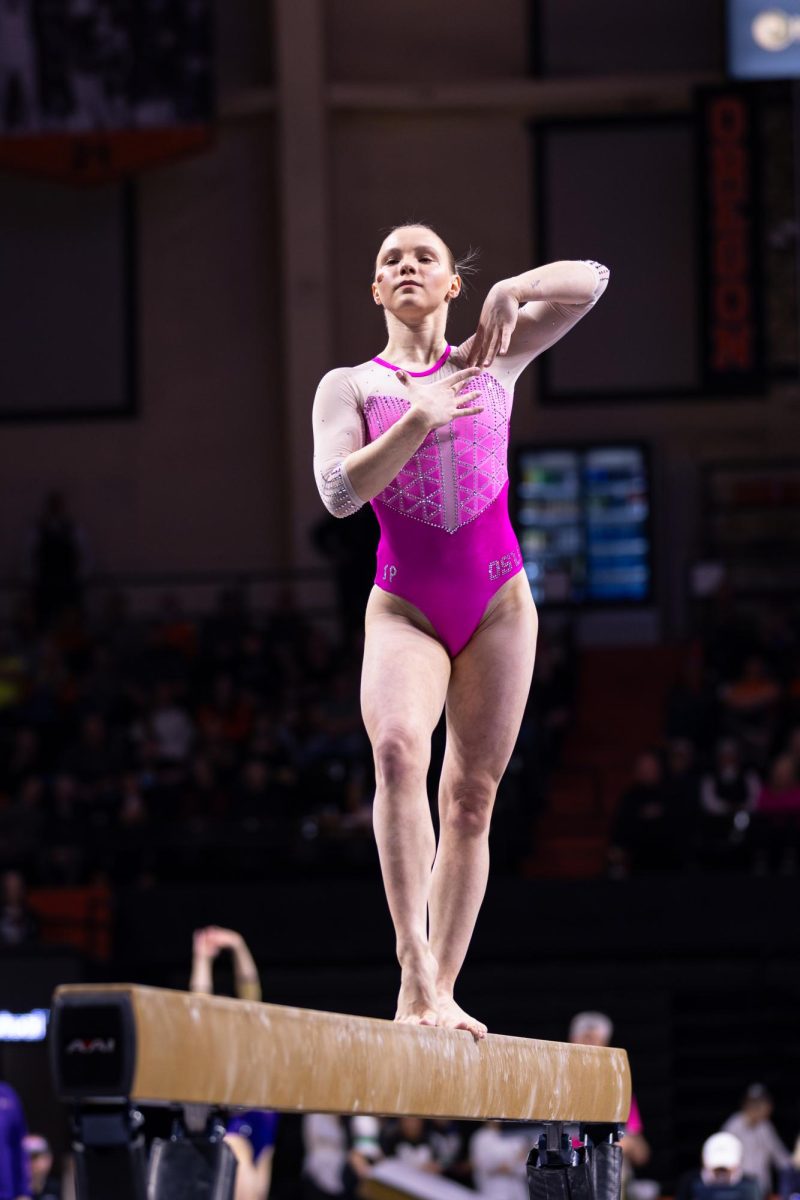



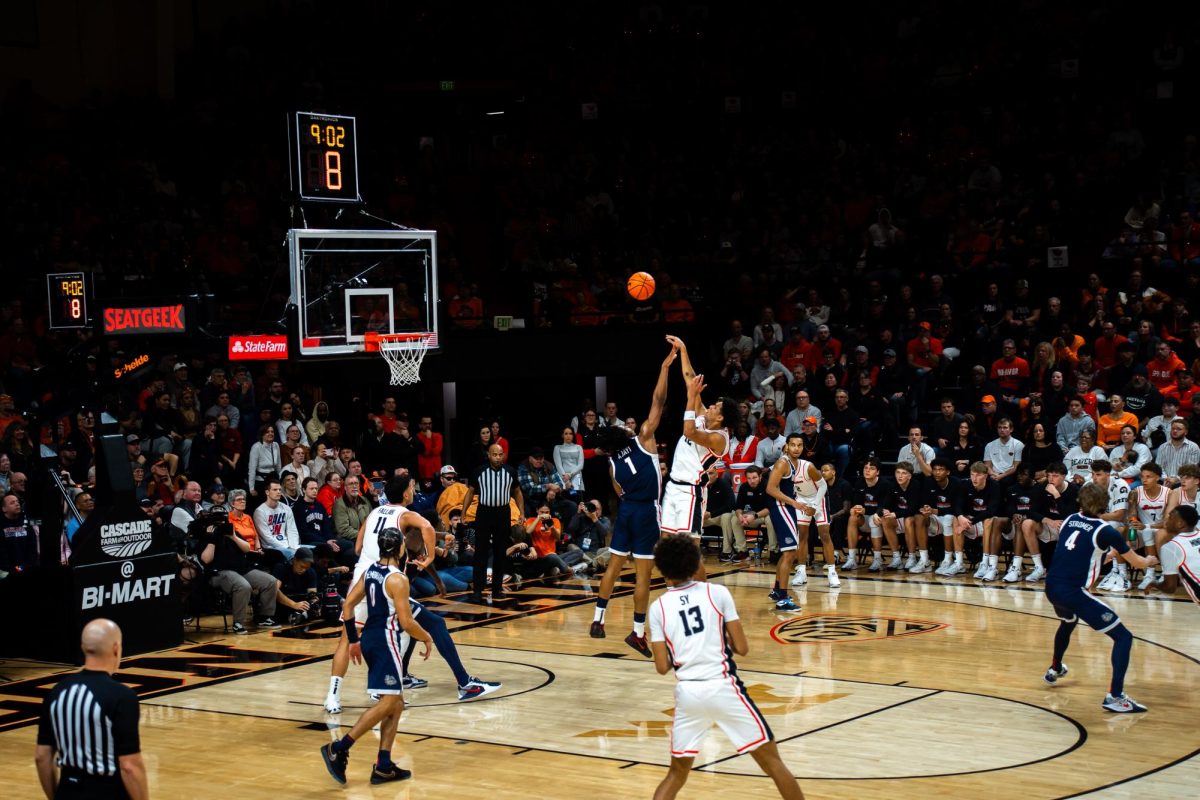


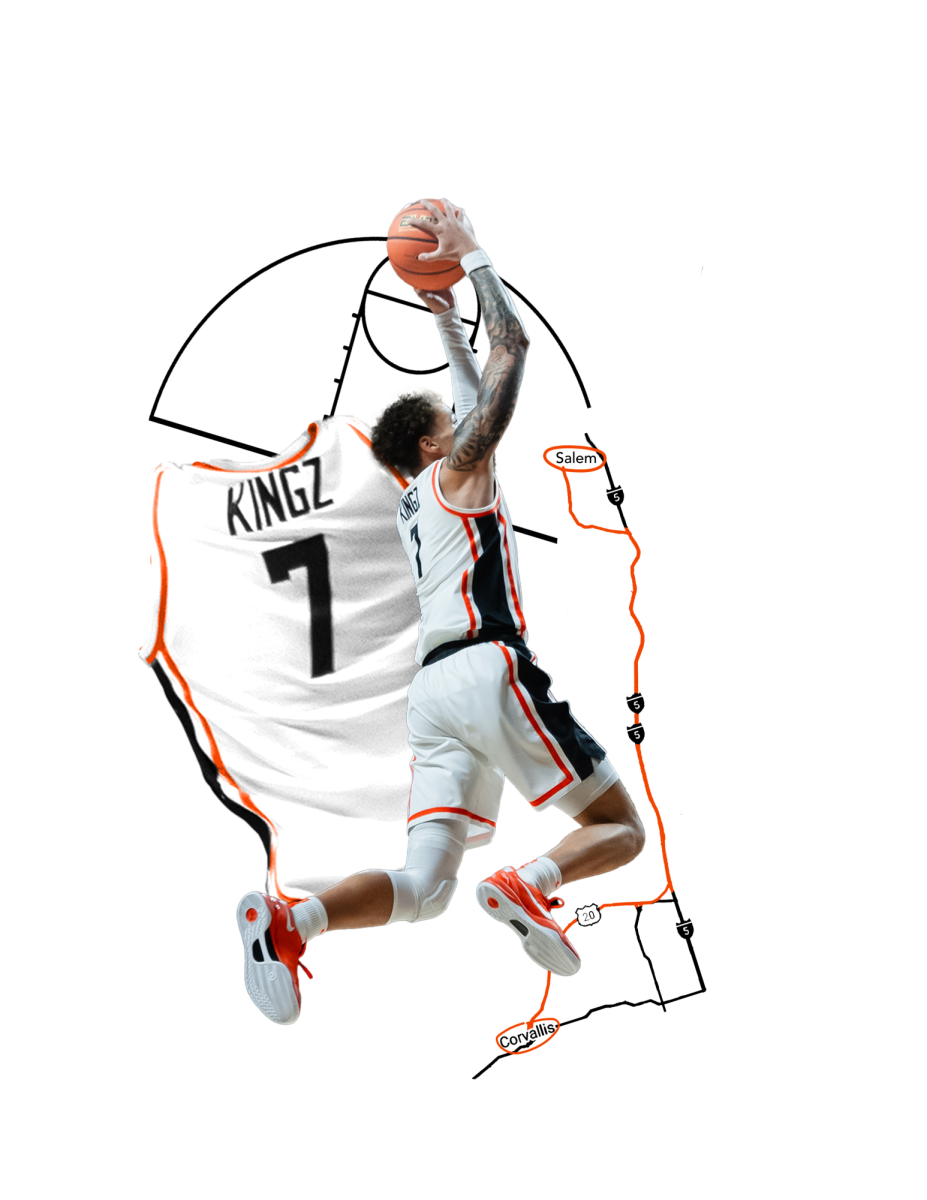

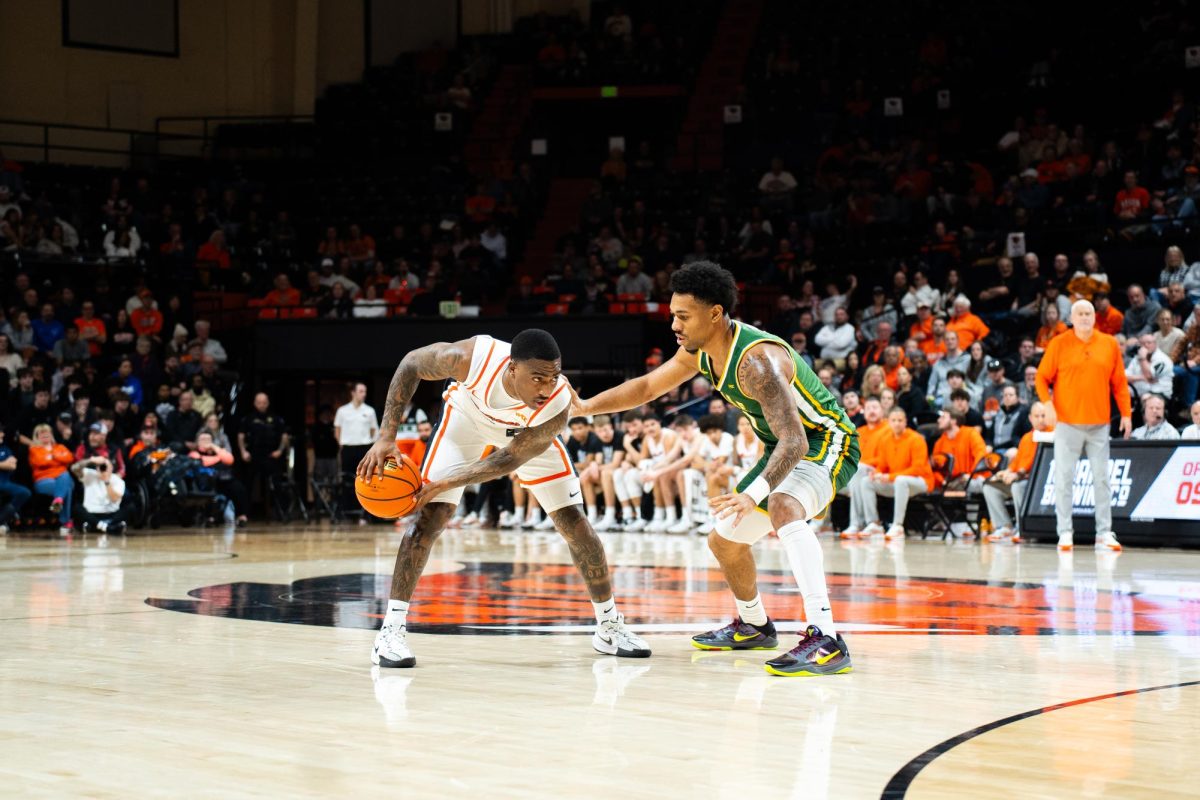
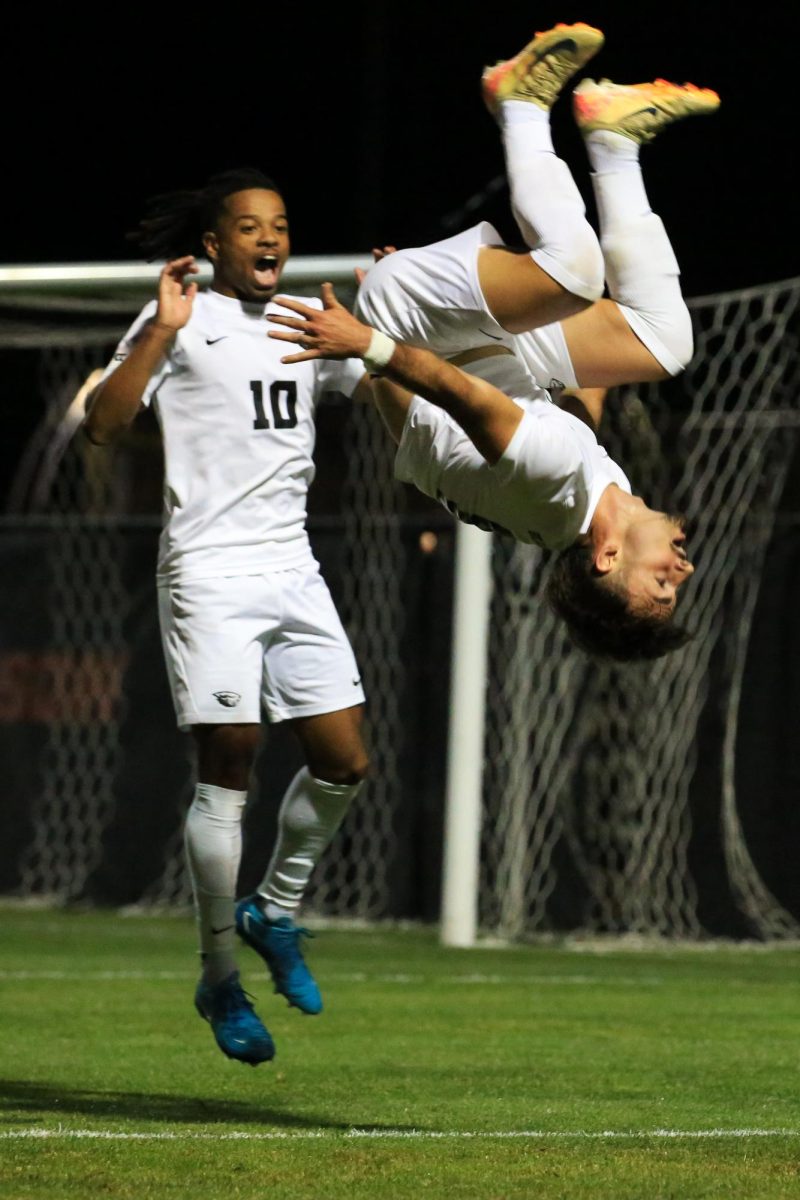
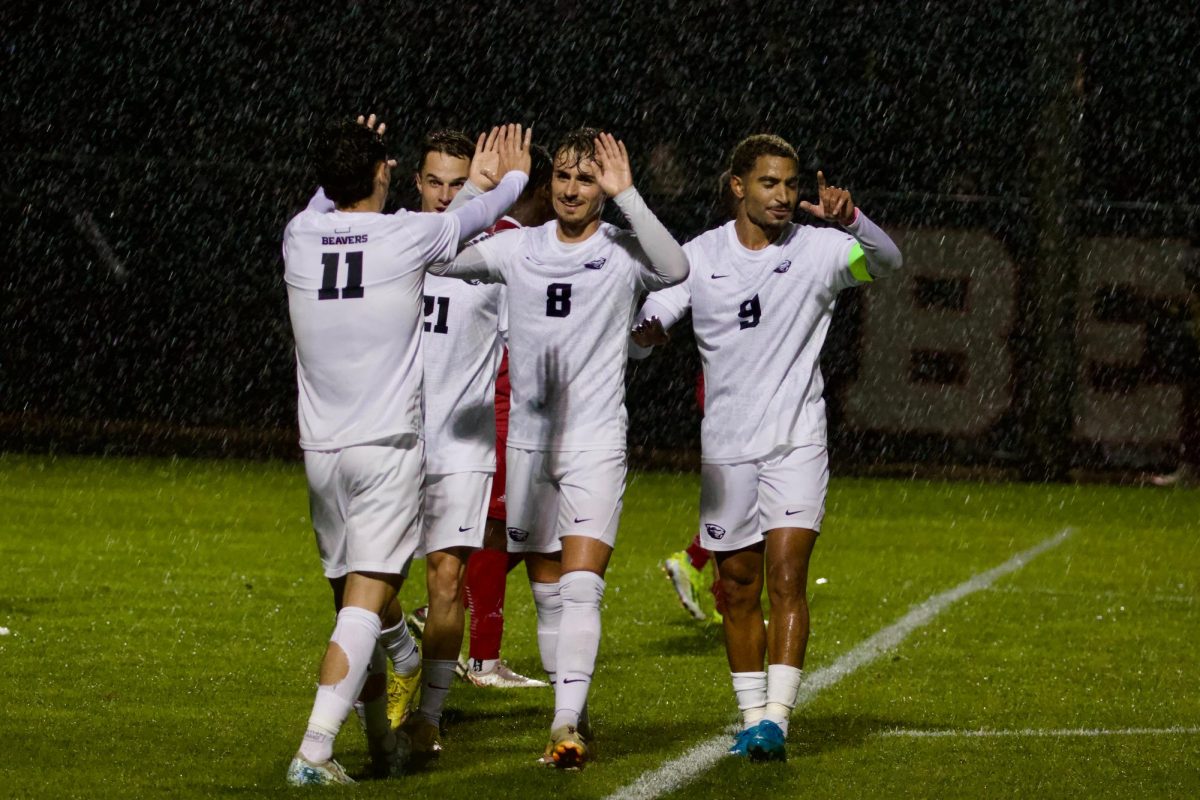
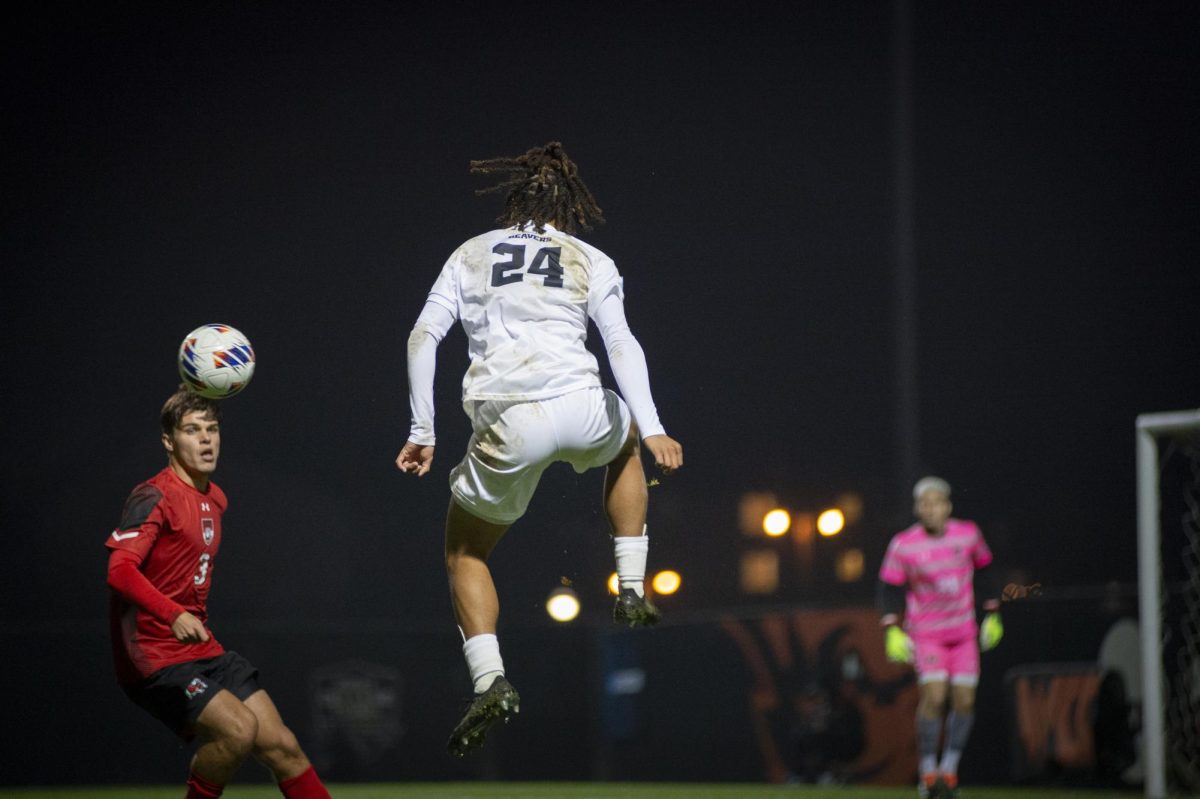
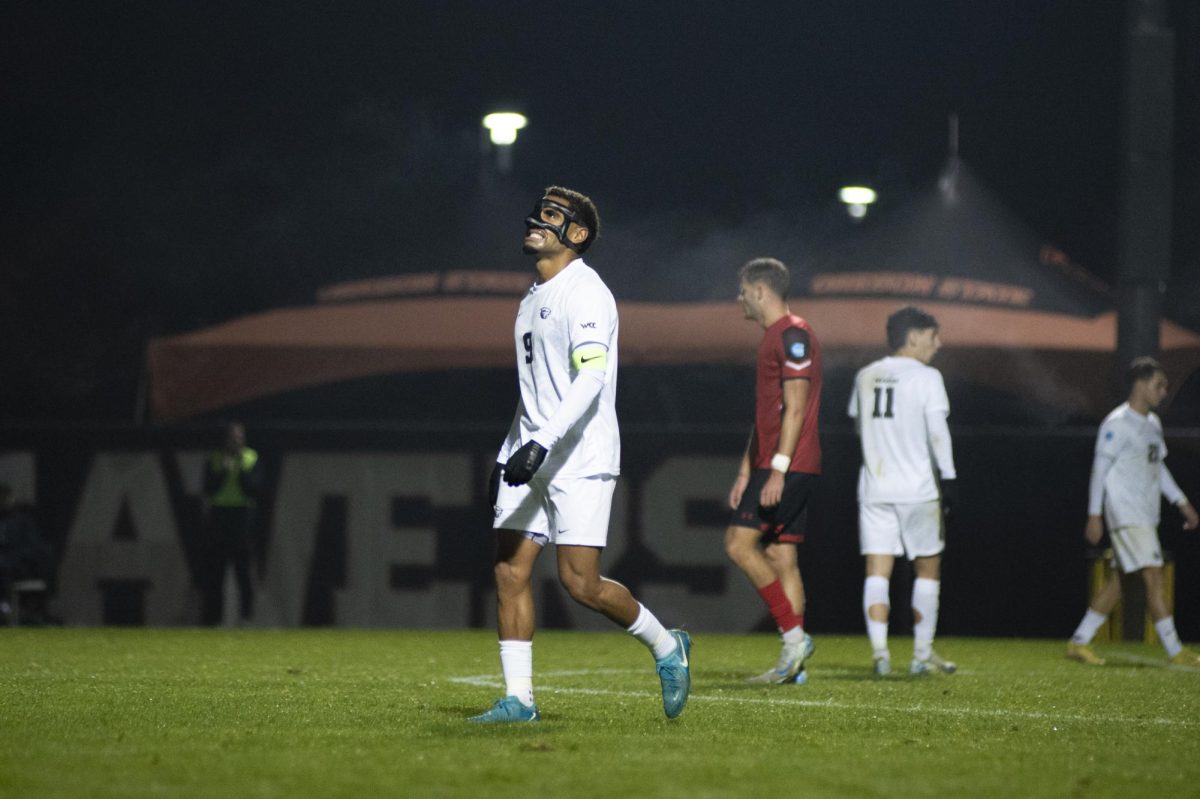
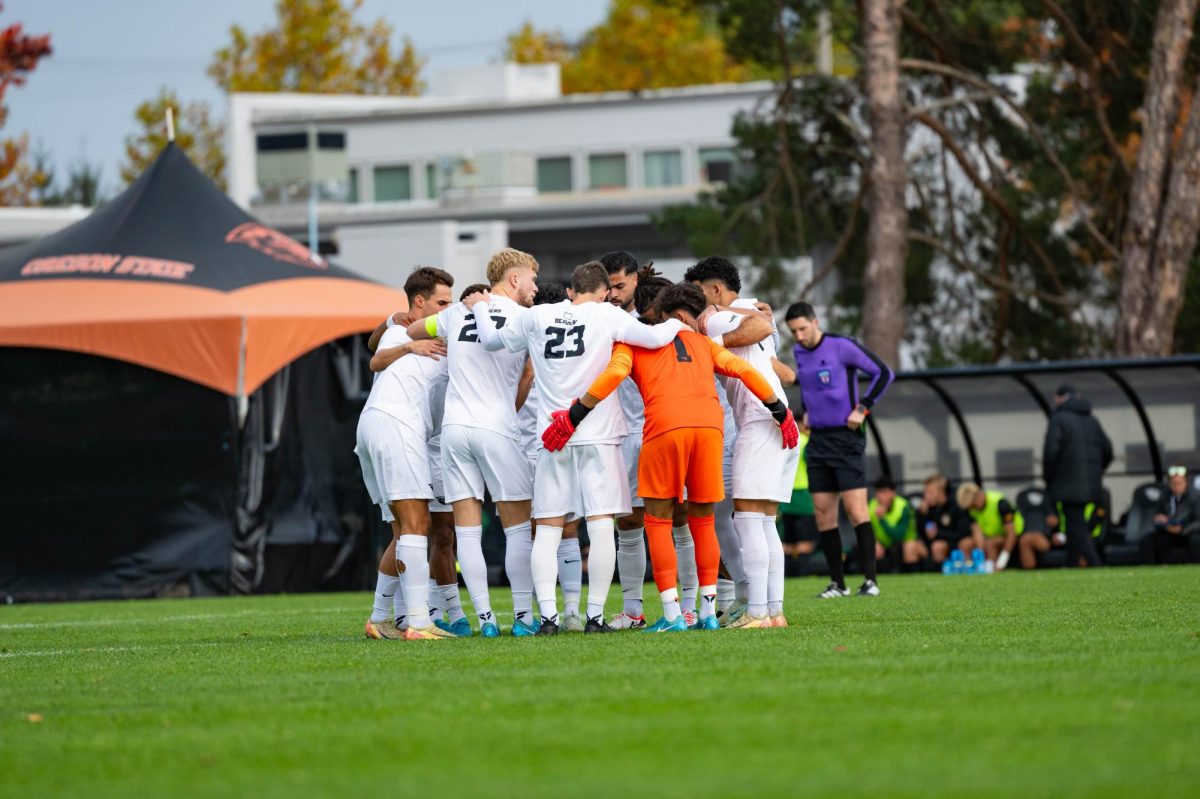






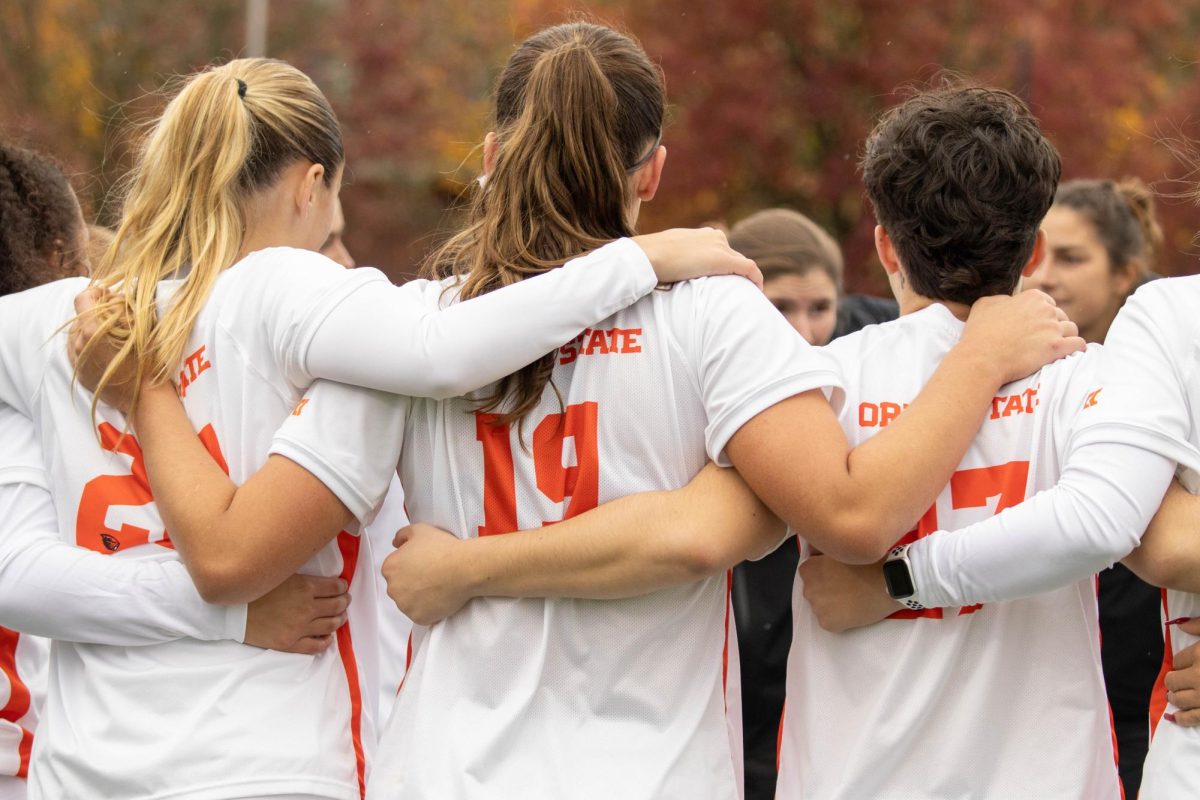
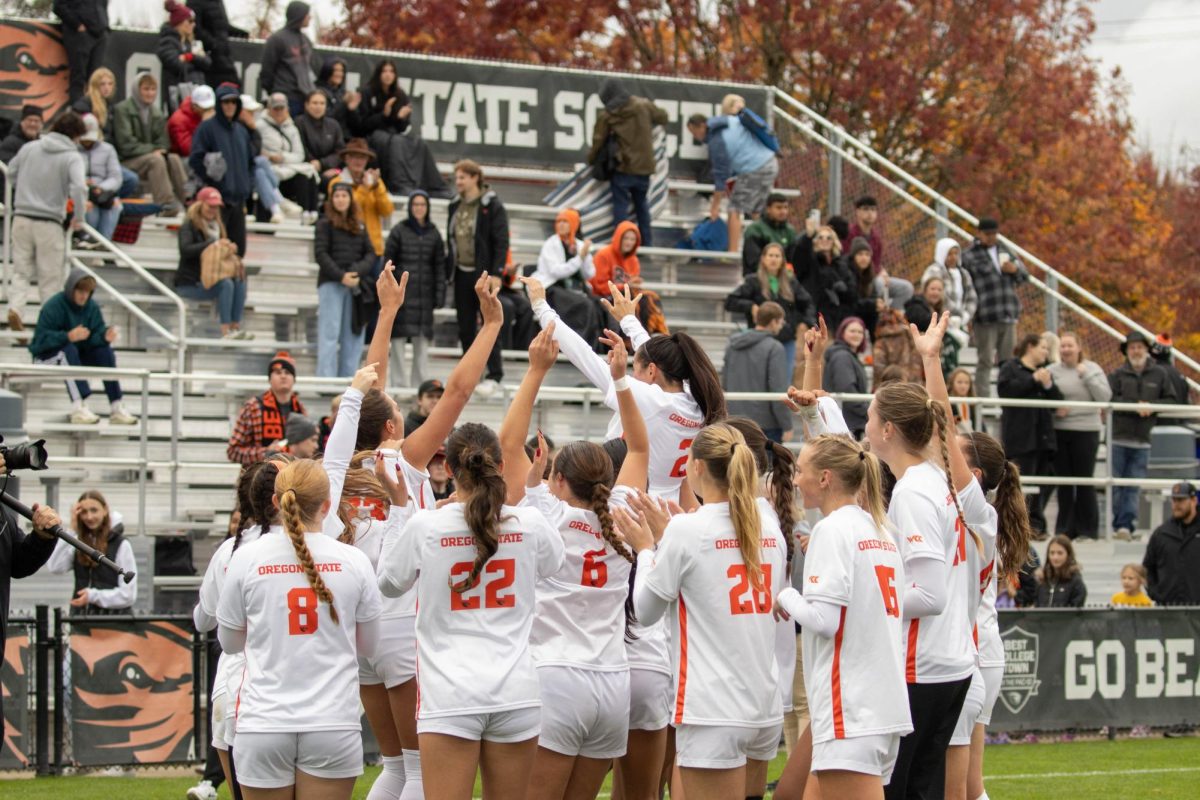
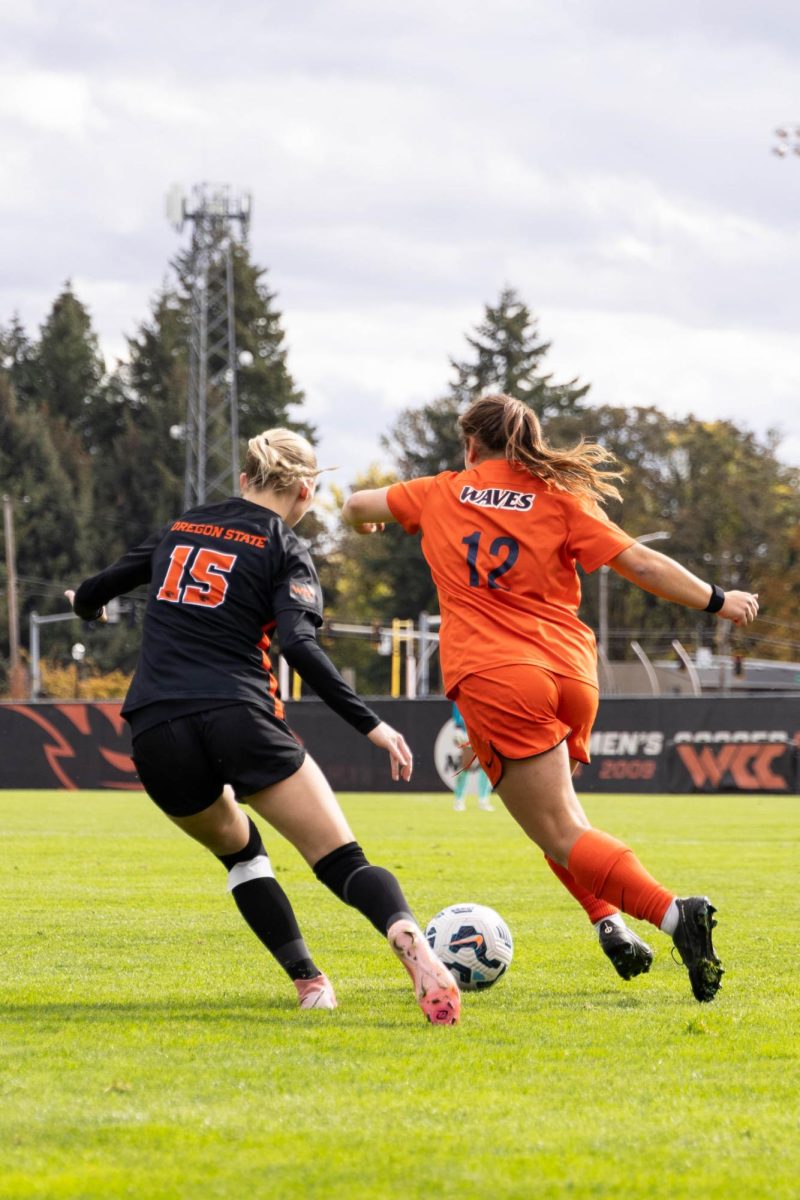



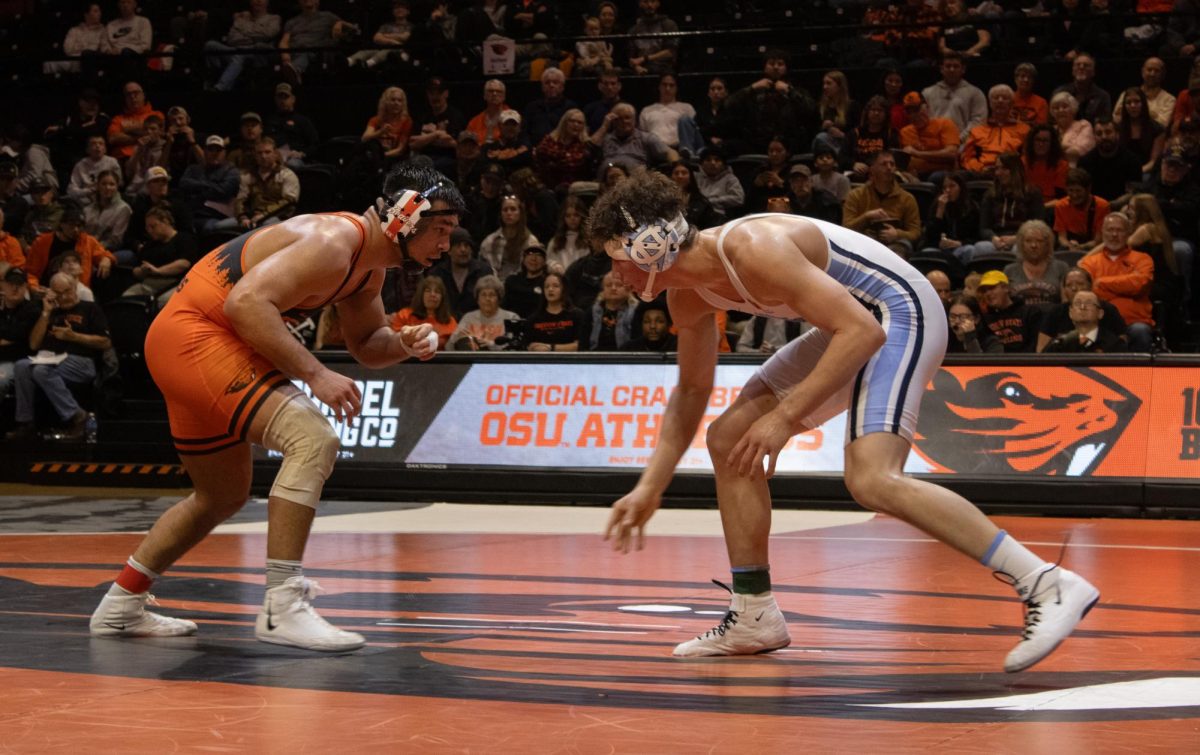




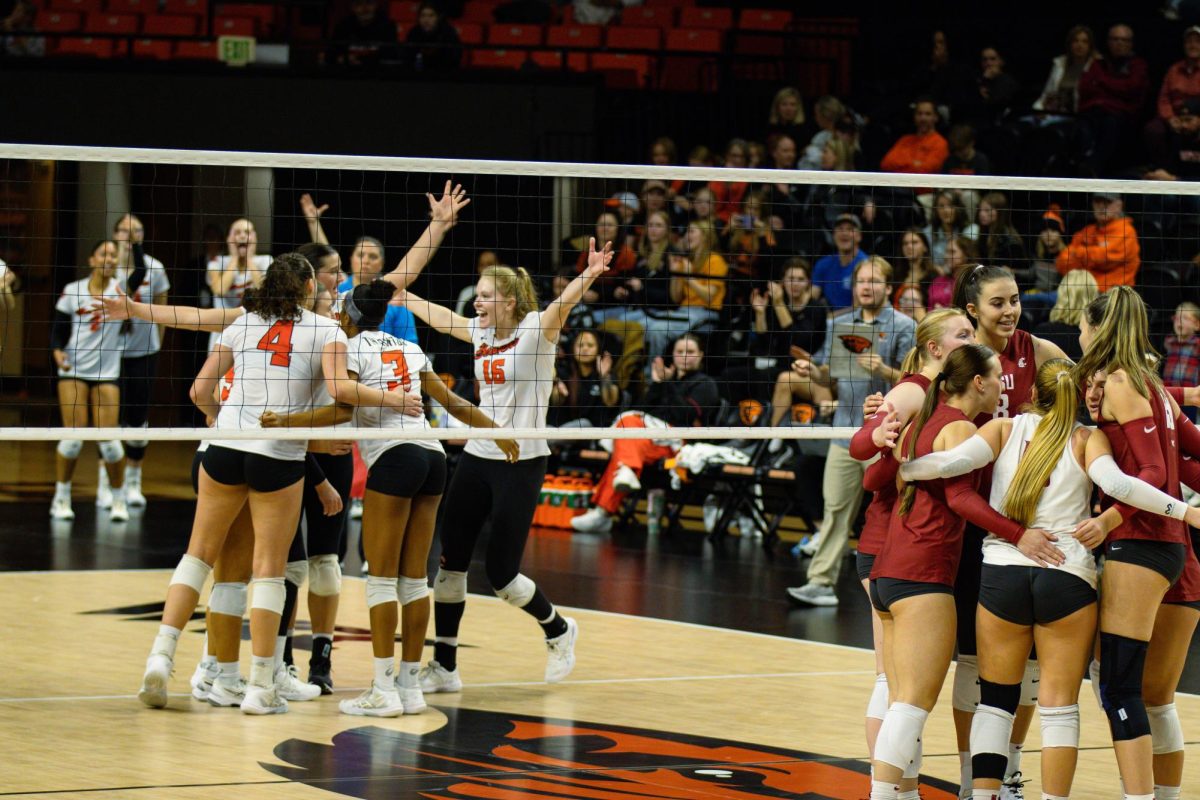

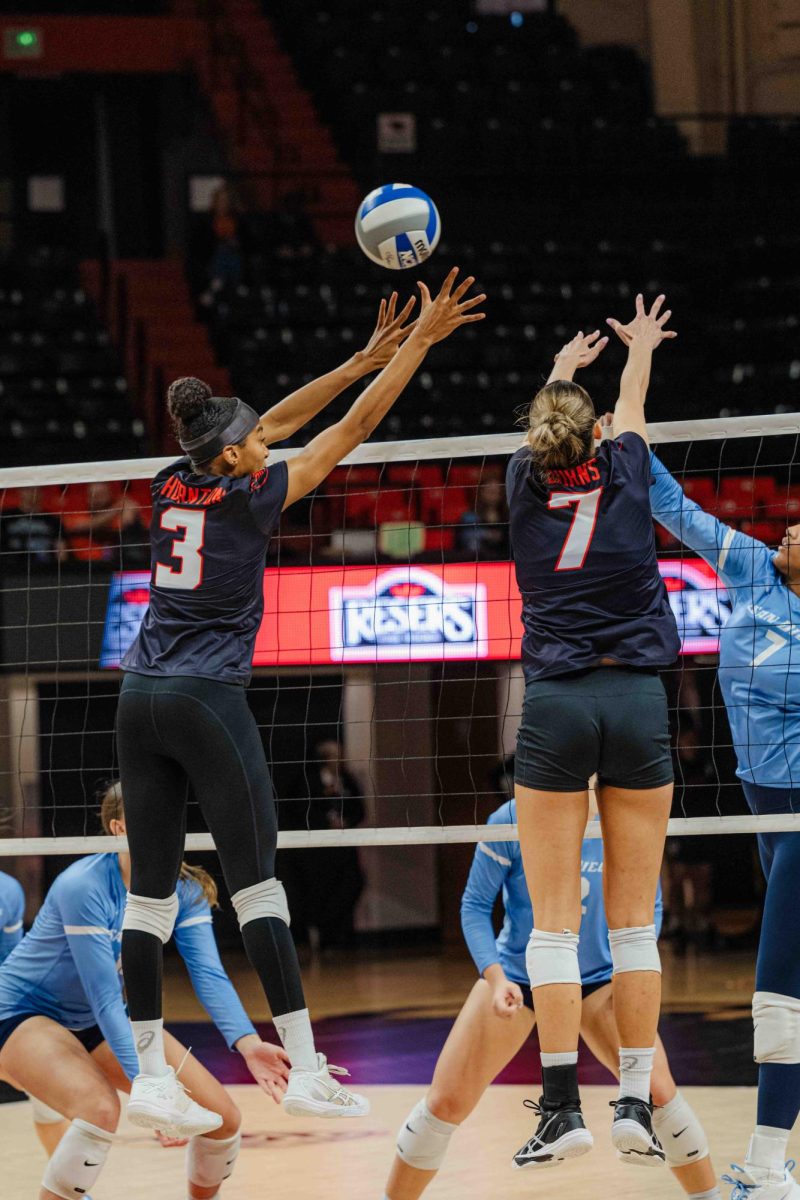
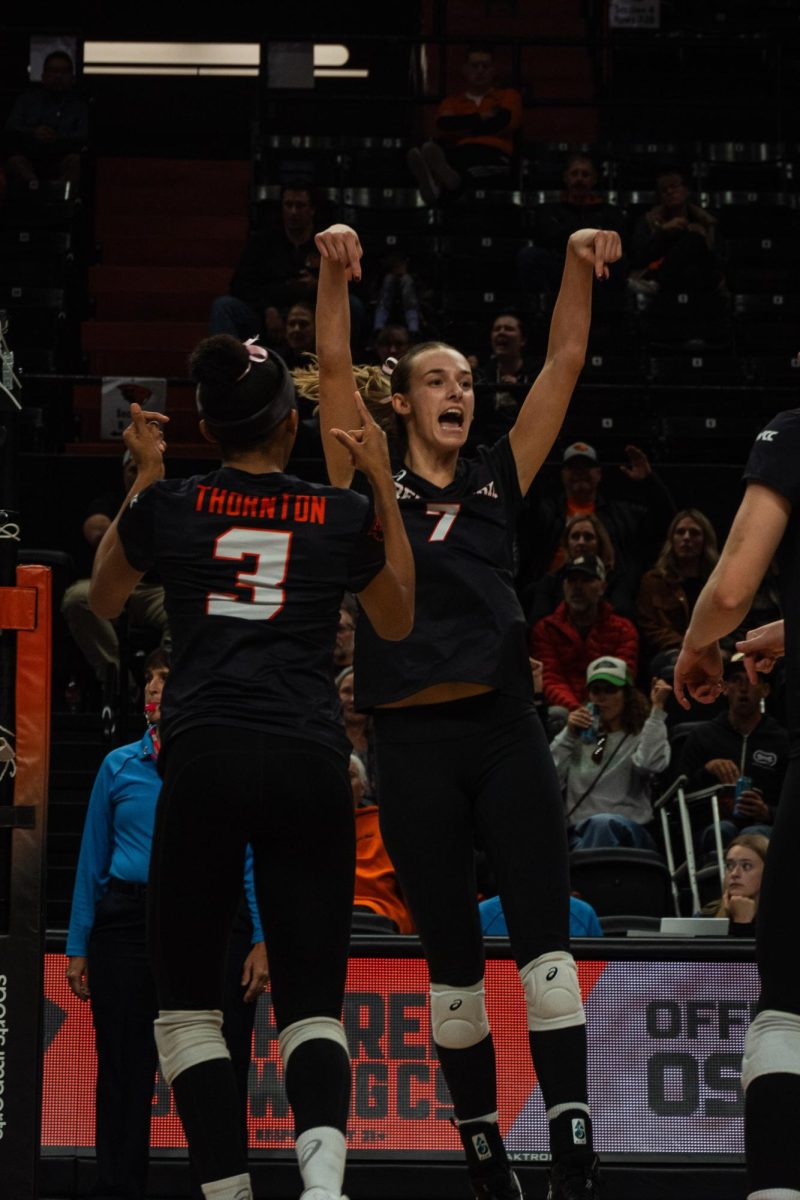













![Newspaper clipping from February 25, 1970 in the Daily Barometer showing an article written by Bob Allen, past Barometer Editor. This article was written to spotlight both the student body’s lack of participation with student government at the time in conjunction with their class representatives response. [It’s important to note ASOSU was not structured identically to today’s standards, likely having a president on behalf of each class work together as one entity as opposed to one president representing all classes.]](https://dailybaro.orangemedianetwork.com/wp-content/uploads/2025/03/Screenshot-2025-03-12-1.00.42-PM-e1741811160853.png)





















